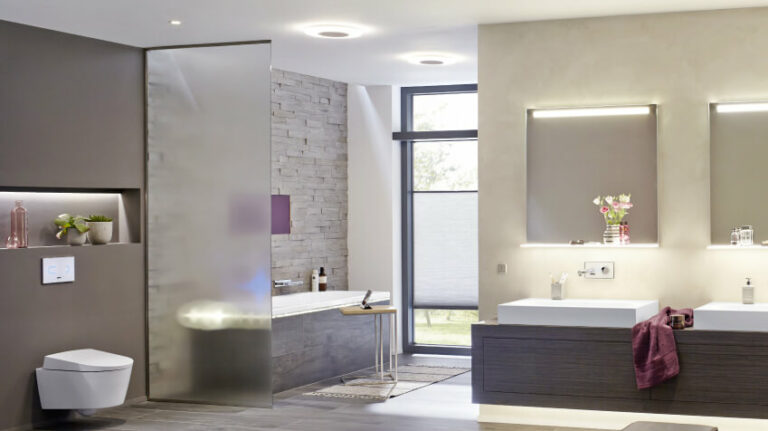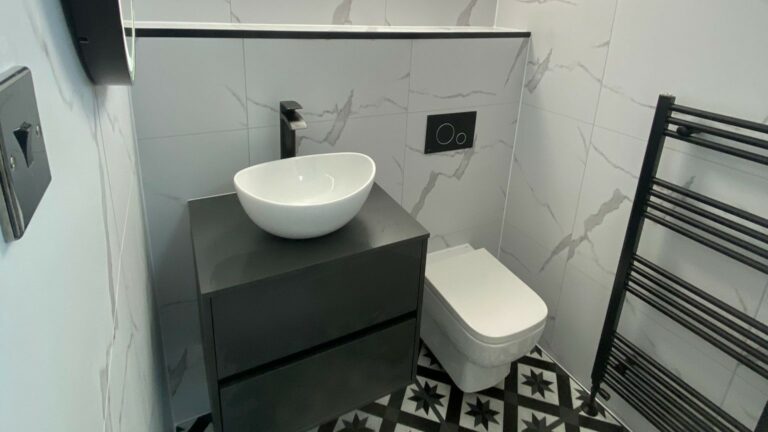5 ways to save water in bathroom
Saving water in the bathroom is an easy and effective way to reduce your household’s environmental impact and lower utility bills. Bathrooms are among the highest water-use areas in any home, but with a few simple changes, you can make a big difference. In the average home, water consumption from fixtures like faucets, showers, and baths can add up quickly, so conserving water in these areas is essential for saving both water and money. Whether you’re looking to be more eco-friendly or just want to cut costs, here are five practical ways to save water in your bathroom.
Introduction to Water Conservation
Water conservation is more important than ever, as every drop saved helps protect our precious water resources and reduces household expenses. Simple changes in daily routines-like fixing leaky faucets, which can waste five to ten gallons of water per day-make a big difference over time. By installing low flow faucets and faucet aerators, you can cut water waste by up to 30%, ensuring that every gallon of water is used efficiently. Even taking shorter showers or switching to low flow showerheads, which use as little as 2.0 gallons per minute, can lead to significant savings. These small steps not only help in saving water but also contribute to a more sustainable future for everyone.
1. Install Low-Flow Fixtures
One of the most effective ways to reduce water use is by installing low-flow faucets, showerheads, and toilets. These fixtures are designed to use less water without sacrificing performance. For example, low-flow showerheads can cut water usage by up to 50%, while modern dual-flush toilets use significantly less water per flush compared to older models. In contrast, inefficient toilets can use as much as 3.5 to 7 gallons per flush, which is much higher than the 1.28 gallons per flush or less used by WaterSense-labeled models. The amount of water stored in the toilet tank also affects overall water usage; optimizing or upgrading your toilet tank can further improve water efficiency. Upgrading your bathroom fixtures is a smart investment that saves water and money in the long run. Simply Group’s bathroom packages include these efficient fixtures, making it easier to upgrade your space while conserving water.
2. Fix Leaks Promptly
Even a small leak can waste gallons of water every day. Dripping faucets, running toilets, or loose shower fittings can add up to hundreds of gallons lost over time. Regularly check your bathroom for leaks and have them repaired promptly. Simple fixes like tightening connections or replacing a worn washer can make a big difference in water conservation.
3. Take Shorter Showers
Reducing shower time is one of the easiest ways to save water. Cutting just a few minutes off your daily shower can save hundreds of gallons of water each month. Shorter showers also mean less energy is needed to heat water, which helps you save energy on your utility bills. Try using a timer or a water-saving showerhead that automatically reduces flow after a set period. You can also turn off the water while soaping up or shampooing to conserve even more.
4. Use a Basin or Bucket for Washing
Instead of letting the tap run while brushing teeth or washing your face, use a basin or bucket to catch water. Letting the faucet run during washing can lead to significant water waste, but using a basin helps prevent unnecessary faucet run and conserves both water and energy. This method allows you to control how much water you use and prevents unnecessary waste. The collected water can even be repurposed for watering plants or cleaning, making it a smart way to save water and reduce overall usage.
5. Choose Water-Efficient Appliances
If your bathroom includes appliances like washing machines, opt for water-efficient models that use less water per cycle. Choosing an efficient model of washing machine is essential to minimize both water and energy use. During the wash cycle, washing machines clean clothes by agitating them in soapy water, which helps dissolve and remove dirt. To maximize efficiency, always run full loads of laundry, as this saves both water and energy compared to washing smaller loads. Selecting the right wash cycle and ensuring you use full loads can further optimize resource use. Many modern appliances have eco-friendly settings that reduce water and energy consumption. This choice not only conserves water but also lowers your energy bills, making it an environmentally and financially smart option.
Similarly, in the kitchen, using an automatic dishwasher with high water and energy efficiency can help save resources compared to older models. Upgrading to efficient kitchen faucets and being mindful when washing dishes-such as filling the sink instead of letting the water run-can further improve water and energy conservation throughout your home.
Water Efficiency Technology
Modern water efficiency technology makes it easier than ever to conserve water in the bathroom and throughout your home. Upgrading to a low flow toilet or installing faucet aerators can dramatically reduce the gallons of water used per flush or per minute. Flow restrictors and dual-flush operating mechanisms allow you to choose the right amount of water for each use, minimizing waste. Front loading washing machines and efficient models of washing machines use less water and energy per load, making them a smart choice for both the bathroom and laundry room. By embracing these innovations, you can save water, lower your utility bills, and increase your home’s overall energy efficiency.
Outdoor Water Usage and Garden Efficiency
Outdoor water use can account for a significant portion of a household’s total water consumption, but with a few smart strategies, you can dramatically reduce gallons of water wasted in your yard and garden. One of the most effective ways to conserve water outdoors is by choosing drought-resistant plants and native species for your landscaping. These plants require far less water to thrive, helping you save gallons of water every week compared to traditional lawns or thirsty ornamentals.
Timing your watering is also crucial for minimizing water waste. Watering your garden early in the morning or late in the evening allows more water to soak into the soil, as cooler temperatures reduce evaporation. This simple change can help you conserve water and ensure your plants get the moisture they need without unnecessary loss.
In addition, consider using efficient watering systems like drip irrigation or soaker hoses, which deliver water directly to plant roots and reduce runoff. Mulching around plants helps retain soil moisture, further cutting down on the gallons of water needed to keep your garden healthy. By adopting these outdoor water-saving practices, you not only conserve water but also create a more sustainable and resilient landscape for your home.
Benefits of Conservation
Conserving water offers a range of benefits that go beyond just saving money. By reducing water waste, you help preserve clean water supplies for your community and future generations. Lower water usage means less strain on local water resources and infrastructure, which can help prevent shortages and reduce the need for costly water treatment. Saving water also means saving energy, as less hot water needs to be heated, further lowering your household’s carbon footprint. Ultimately, every effort to conserve water-whether it’s fixing a leaky faucet or choosing a low flow toilet-contributes to a healthier environment and a more sustainable lifestyle.
Conservation Resources
There are plenty of resources available to help you start saving water in your bathroom and beyond. Local hardware stores often carry a wide selection of water-saving products, from faucet aerators to low flow showerheads and toilets. Many utility companies and government agencies offer rebates or incentives for upgrading to water-efficient appliances and fixtures. Online guides and community programs provide tips, checklists, and support for making your home more water efficient. By taking advantage of these resources, you can find the best ways to save water, reduce your bills, and make a positive impact on your community.
Water Conservation Community
Joining a water conservation community is a great way to stay motivated and learn new ways to save water. Many neighborhoods, schools, and online groups share tips, host events, and promote water-saving challenges that make conservation fun and rewarding. By connecting with others who care about water efficiency, you can exchange ideas, support local initiatives, and even influence policies that protect water resources. Whether you’re sharing your success with installing faucet aerators or participating in a community clean-up, every action helps build a culture of conservation that benefits everyone.
Bonus Tips for Saving Water in Your Bathroom
- Turn off taps tightly after use to prevent drips.
- Consider installing a greywater system to reuse bath or shower water for toilets or gardening.
- Educate family members about the importance of water conservation.
Conclusion
Saving water in the bathroom is simple and benefits both the environment and your wallet. By installing low-flow fixtures, fixing leaks, taking shorter showers, using basins, and choosing efficient appliances, you can significantly reduce water usage at home. Small changes add up to big savings, helping you create a more sustainable lifestyle without sacrificing comfort. If you’re planning a bathroom renovation, consulting with professionals experienced inbathroom design and installation can help you choose water-saving fixtures that suit your style and space.
Check out our wide range of bathroom products that Simply Group have to offer on our online brochure.
If you’re looking for further help selecting the best bathroom products, book an appointment with The Simply Group. Experts in all home improvements, we can help turn your dream interior into a reality.



